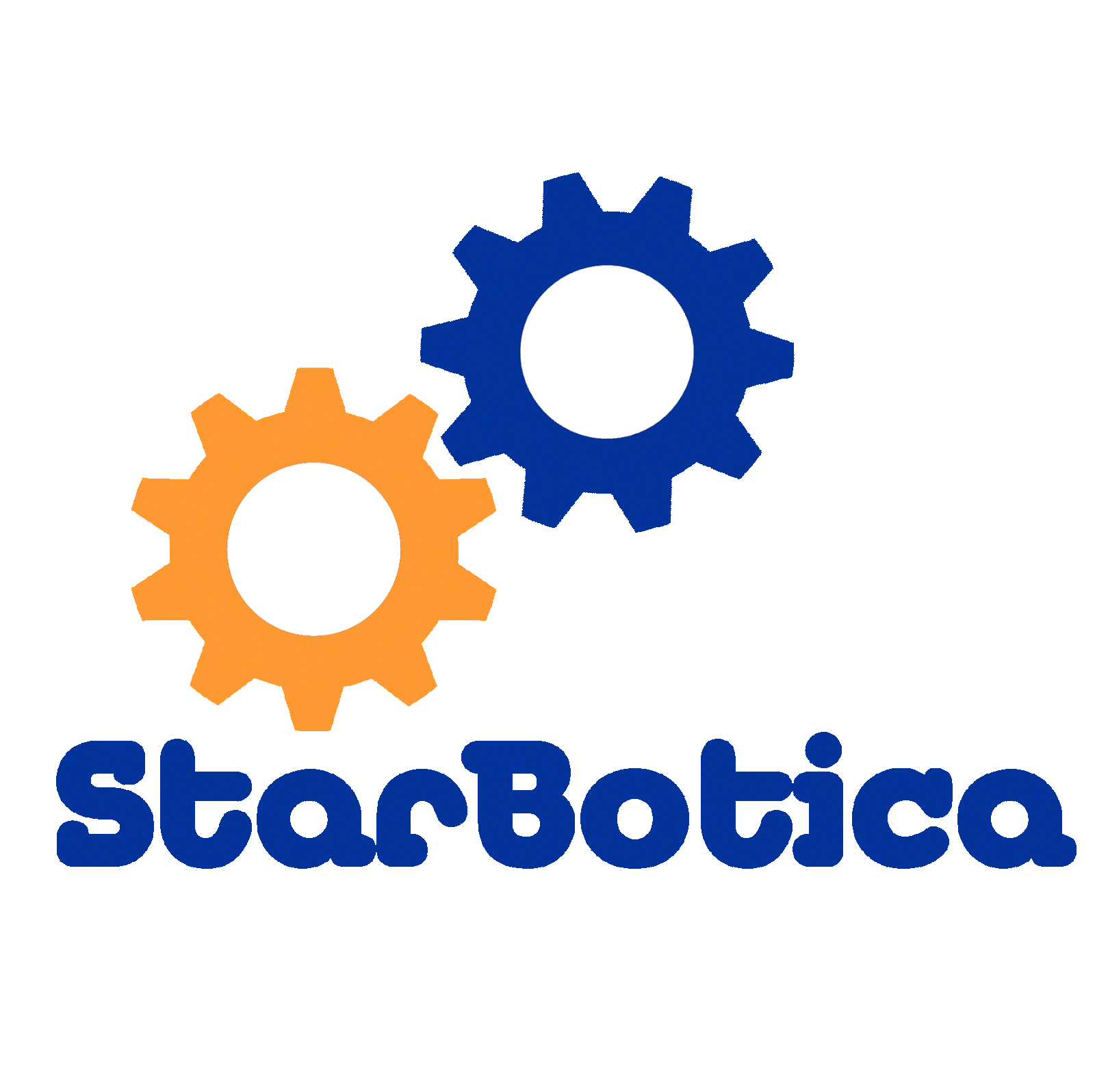StarBotica Methodology description
Starbotica methodology teaches robotics based on four cornerstones: Engineering Design Process, Programming fundamentals, Teamwork and Fun.
In each session of 75 minutes, the students build at least one robot. That means they will cover each step of the Engineering Design Process. There are many simplified versions of the Design Process for children, but my personal choice is the following:
First I tell the students what we have to do, then we discuss briefly what we will build. In the first projects with Lego WeDo 2.0 the design and the building instructions are provided, so this part is not very difficult. After a few weeks, once the students have explored the possibilities of the kits, they will face projects in which they will have to design and build their own creations.
After building the robot, they must program it and test if it works the expected way. If not, they will have to solve the problems and test it again.
In the last minutes of the class, I try to let them explore different solutions, customisation and improvements. Once the model is ready they are allowed to document it, take pictures or show their parents or peers what they have done.
This part is, in my opinion, the most challenging. Some of my students come to the workshops thinking that once robots are built they are going to behave magically the way they have imagined. Some of them have never thought that a robot must process the information coming from its environment. Programming robots make them realise that the complexity of a robotic system does not only rely on what you can see but also on what you cannot see.
The Engineering Design Process
In each session of 75 minutes, the students build at least one robot. That means they will cover each step of the Engineering Design Process. There are many simplified versions of the Design Process for children, but my personal choice is the following:
First I tell the students what we have to do, then we discuss briefly what we will build. In the first projects with Lego WeDo 2.0 the design and the building instructions are provided, so this part is not very difficult. After a few weeks, once the students have explored the possibilities of the kits, they will face projects in which they will have to design and build their own creations.
After building the robot, they must program it and test if it works the expected way. If not, they will have to solve the problems and test it again.
In the last minutes of the class, I try to let them explore different solutions, customisation and improvements. Once the model is ready they are allowed to document it, take pictures or show their parents or peers what they have done.
Programming fundamentals
Building physical models is fun, kids love it. But robots do nothing unless someone tells them what to do. In class, children will become software engineers, develop computational thinking and learn programming fundamentals in order to make their robotic systems work.This part is, in my opinion, the most challenging. Some of my students come to the workshops thinking that once robots are built they are going to behave magically the way they have imagined. Some of them have never thought that a robot must process the information coming from its environment. Programming robots make them realise that the complexity of a robotic system does not only rely on what you can see but also on what you cannot see.






No comments: